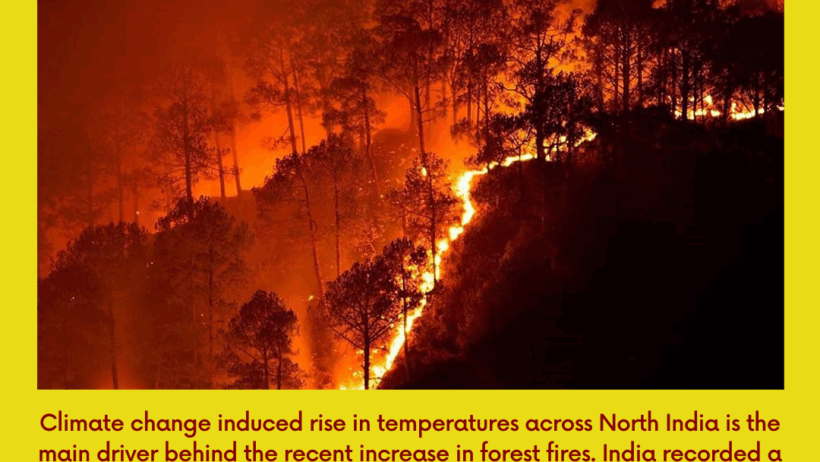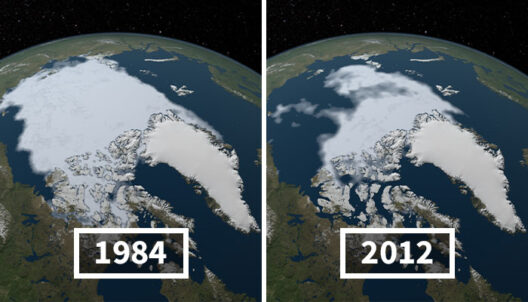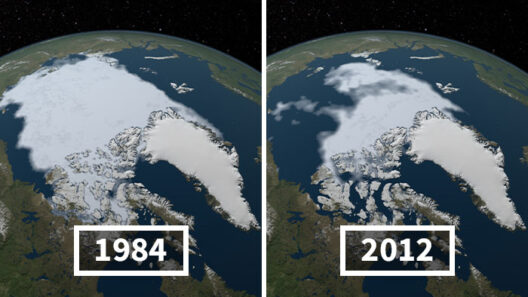Forest fires, also known as wildfires, have captured global attention due to their increasing intensity and frequency in recent years. Many environmental scientists and activists posit that these catastrophic events serve as a harbinger of climate change. This discourse aims to unravel the intricate relationship between forest fires and climate change, illustrating how one can be symptomatic of the other.
To understand the connection, it’s essential to first delineate what constitutes a forest fire. Typically, these blazes occur in wooded areas and can be sparked by natural causes like lightning, or anthropogenic activities, such as discarded cigarettes or campfires left unattended. The devastation wrought by these fires can range from minor ecological disruptions to cataclysmic destruction of habitats, impacting flora, fauna, and human communities alike.
One of the foundational aspects of the connection between climate change and forest fires lies in the concept of aridity. As climate change progresses, certain regions experience significant alterations in weather patterns. Prolonged droughts and elevated temperatures create a more conducive environment for wildfires to ignite and spread. According to scientists, warmer air holds more moisture, resulting in drying out vegetation. This phenomenon is particularly prevalent in areas historically characterized by high temperatures and low humidity, leading to hyper-arid conditions capable of fueling intense fire activity.
Moreover, as the global temperature escalates, the frequency and duration of heatwaves also increase. With higher temperatures, the moisture in soil and vegetation diminishes, causing a proliferation of tinder-dry materials that serve as perfect fuel for wildfires. For instance, regions like the Australian bush and Californian forests have witnessed an alarming uptick in the prevalence of wildfires, directly correlated with extended periods of extreme heat. Such climatic shifts have rendered landscapes drastically vulnerable, showcasing a clear and alarming intersection between forest fires and climate change.
Another critical component in this dialogue is the phenomenon of shifting ecosystems. Climate change does not just alter temperatures; it transitions entire ecosystems. Changes in species compositions can lead to the proliferation of invasive flora that are more flammable, further augmenting the risk of fire. For instance, in the Mediterranean region, invasive grasses have replaced native low-flammability varieties, contributing to more frequent and intense fires. In this way, climate change shapes the vegetation patterns that contribute to feedback loops exacerbating fire risks.
Furthermore, the cyclical event known as the fire season showcases the direct consequences of climate change on forest fire occurrence. Traditionally, certain seasons align with peak wildfire events; however, climate variability has extended these fire seasons considerably. In some areas, the fire season now extends over several months, leading to overlap between seasons, with multiple ignition sources and an accumulated backlog of dry vegetation. This shift underscores an unnerving reality; forests that were once resilient are increasingly becoming prime candidates for catastrophic fire events.
Climate change not only exacerbates the occurrence of wildfires but also complicates the aftermath. Post-fire environments often face significant challenges. Soil erosion, habitat degradation, and the potential for invasive species to proliferate are common complications following wildfires. Such ecological ramifications can unbalance local ecosystems, causing long-term detrimental effects. In essence, the patterns of forest fires following climate change can result in an irreversible transformation of landscapes, leaving them more susceptible to further fires in the future.
For those keenly observing the impacts of climate change, the human element cannot be overlooked. Communities surrounding forested areas increasingly find themselves at risk, both from an ecological standpoint and a socio-economic perspective. The implementation of development projects and land-use changes often intensifies vulnerabilities. As natural landscapes are altered for urbanization or agriculture, the buffer zones that once helped manage fire risks diminish, leading to increased exposure to wildfires and their associated hazards.
In the context of climate change, the management of forest fires needs to be re-evaluated. Traditional methods often emphasize suppression, which can have counterproductive results. Allowing controlled burns can actually help manage the accumulation of fuel and reduce overall fire intensity. Innovative approaches, such as reforestation and the integration of indigenous knowledge, offer promising solutions to mitigate fire risks by fostering ecosystems more resilient to change.
In conclusion, the nexus between forest fires and climate change is both complex and concerning. As the earth warms, the resulting changes in weather patterns, aridity levels, and ecosystem compositions contribute to an increase in the frequency and intensity of wildfires. This escalating trend highlights the pressing need for comprehensive approaches to combat climate change while simultaneously addressing the immediate threats posed by forest fires. Societal resilience, ecological integrity, and proactive forest management emerge as pivotal components in safeguarding our planet’s future, as the fight against climate change intensifies alongside the fiction of these devastating fires.








